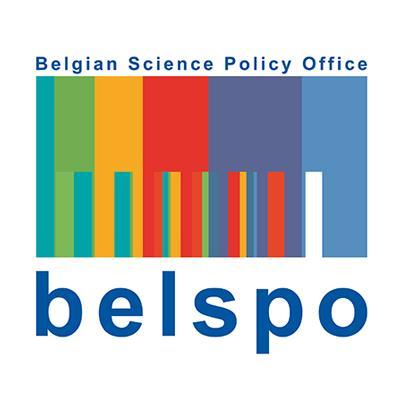The general scientific objective that is addressed by REACT is to improve our understanding of urban health inequalities in epidemiological data-poor countries, using remote sensing and spatial modelling. Remote sensing for epidemiology in African Cities has two main goals, one substantive and one methodological:
(1) Establish the demographic, socioeconomic, climatic and environmental conditions associated with the spatial variation of the incidence of infectious diseases within and between fast growing urban centres in Sub-Saharan Africa.
(2) Harness remote sensing capabilities to achieve (1) using a multi-sensor and multi-scale spatio-temporal approach.
The specific objectives are:
(i) to develop innovative methods for extracting climatic, environmental, demographic and socioeconomic variables from low/medium, high and very-high remote sensing imagery on urban areas
(ii) to apply a wide range of remote sensing data for an improved representation of urban characteristics in climate models for Africa
(iii) to develop an original methodology for combining satellite information with urban climate model data for variables relevant for malaria (air temperature, surface water, ...)
(iv) to exploit the temporal dimension of summary remote sensing variables to account for trends, cyclical components and rapid change events that are of relevance to the environmental conditions related to malaria
(v) to derive demographic and socioeconomic indicators from remote sensing data that are relevant for malaria in an urban context
(vi) to integrate a wide range of remote sensing data into spatial predictive models to better understand the impact of demographic, socioeconomic, climatic and environmental, factors on intra- and inter-urban health inequalities.
In order to achieve these objectives, malaria has been selected because it is the only disease that is highly dependent on environmental, climatic, demographic and socioeconomic factors and for which we currently have continental-scale spatially-detailed survey data that allow us to conduct intra- and inter-urban analyses. Spatially-detailed Pf parasite rate survey data have been assembled by the Malaria Atlas Project (MAP) at different spatial scales and used to define the spatial limits of Pf transmission and to map Pf malaria transmission intensity within these limits. This large database is updated and extended continuously and is becoming invaluable for any quantitative studies on Pf malaria risk. Unfortunately, there is no comparable database existing for other diseases, for which existing epidemiological data remain too partial and fragmented.
Moreover, with more than half of Africa’s population expected to live in urban settlements by 2030, the burden of malaria among urban populations in Africa will continue to rise with the increasing number of people at risk of infection. However, malaria intervention across Africa remains focused on rural, highly endemic communities with far fewer strategic policy directions for the control of malaria in rapidly growing African urban settlements.
The complex and heterogeneous nature of urban malaria requires a better understanding of the spatial and temporal patterns of urban malaria risk in order to design effective urban malaria control programs targeted to specific zones. The spatial epidemiology of malaria will be studied at sub-continental scale in a set of about 20 large cities of sub-Saharan Africa.
It will also be studied in more detail in a subset of 4 large cities of sub-Saharan Africa, among which 2 cities (Dakar and Ouagadougou) that are being studied in the ongoing STEREO III project MAUPP (SR/00/304) that aims to model and forecast African urban population patterns using advanced remote sensing data and techniques.


